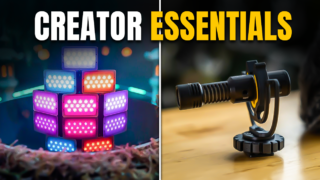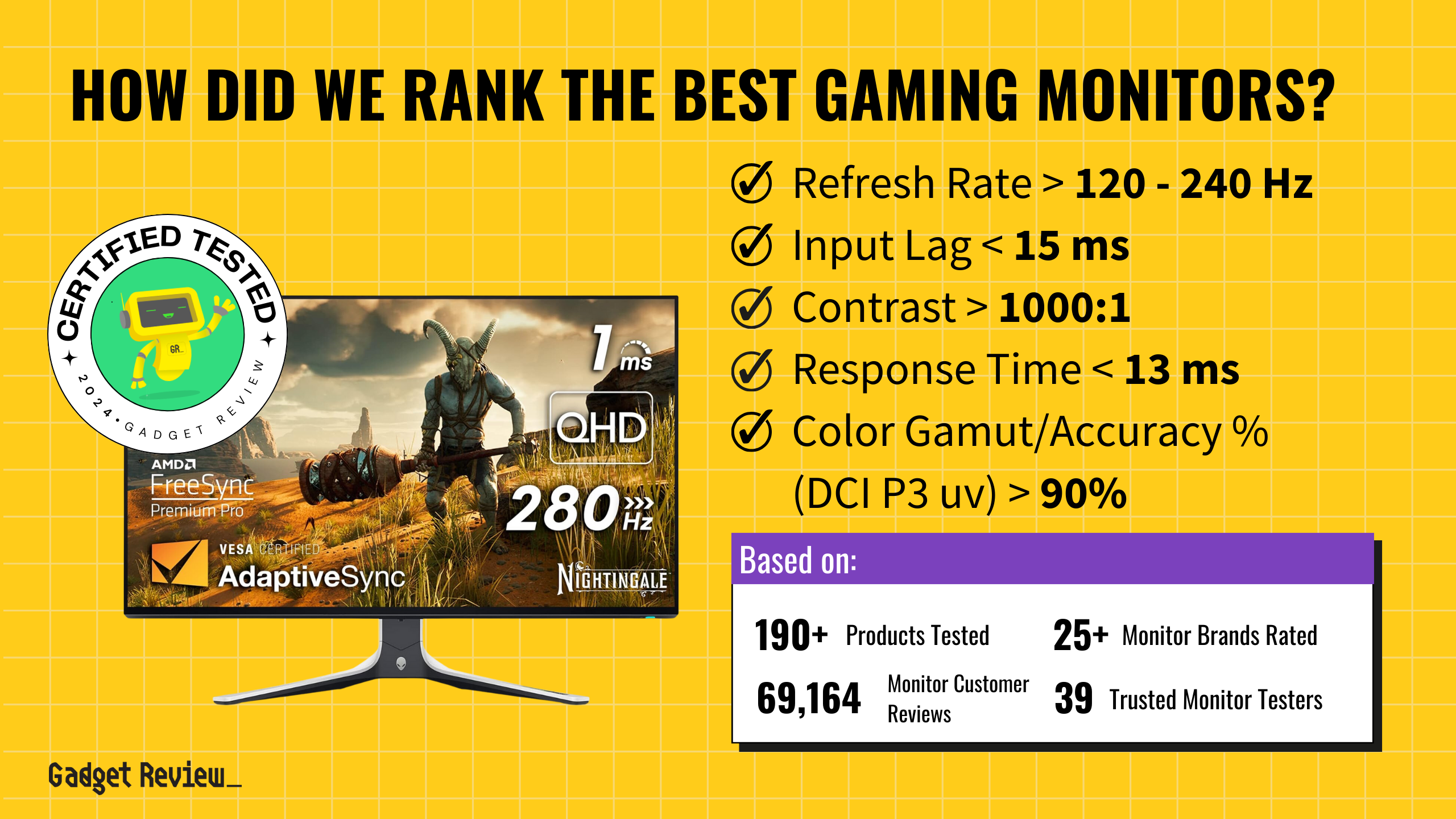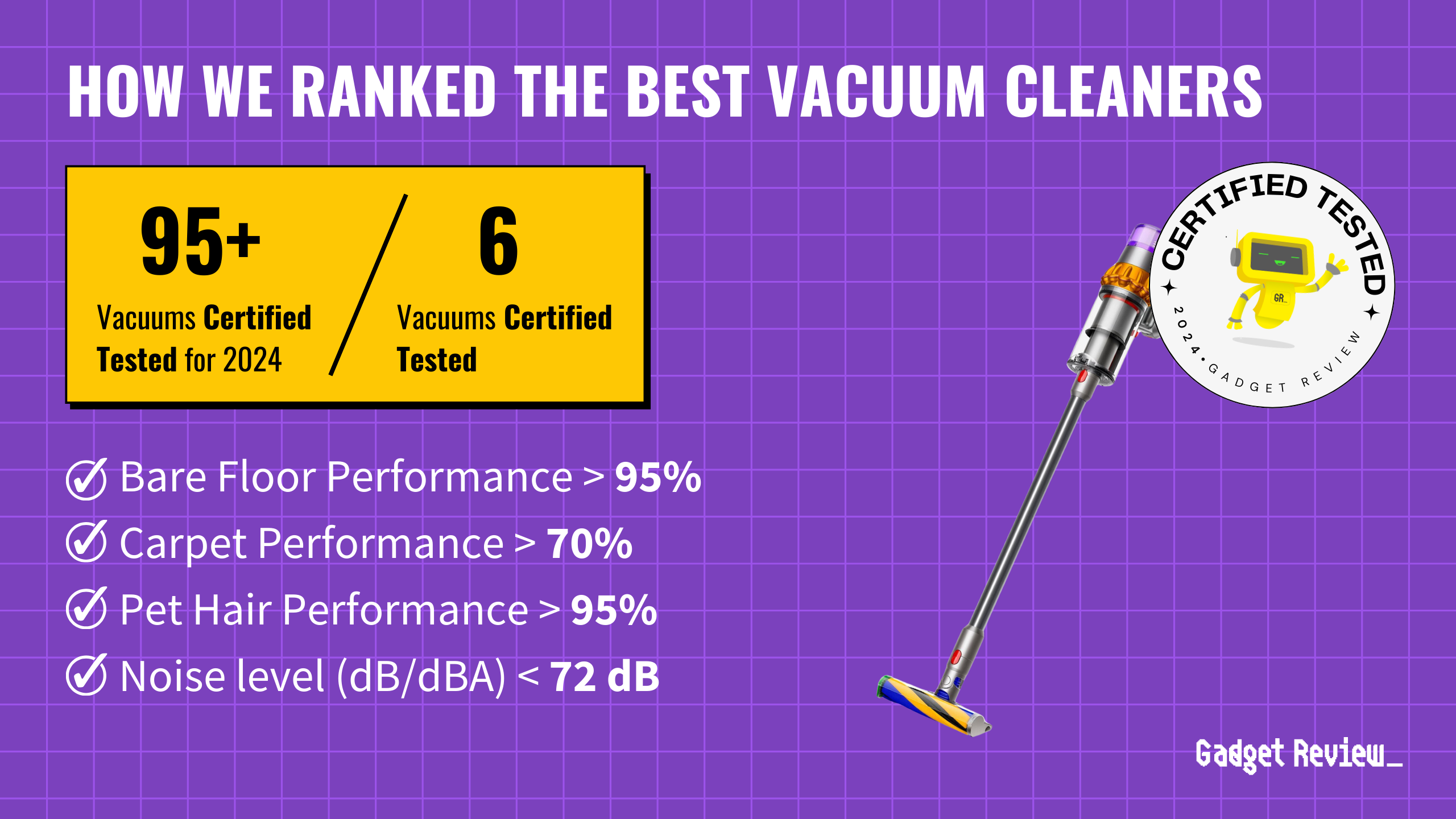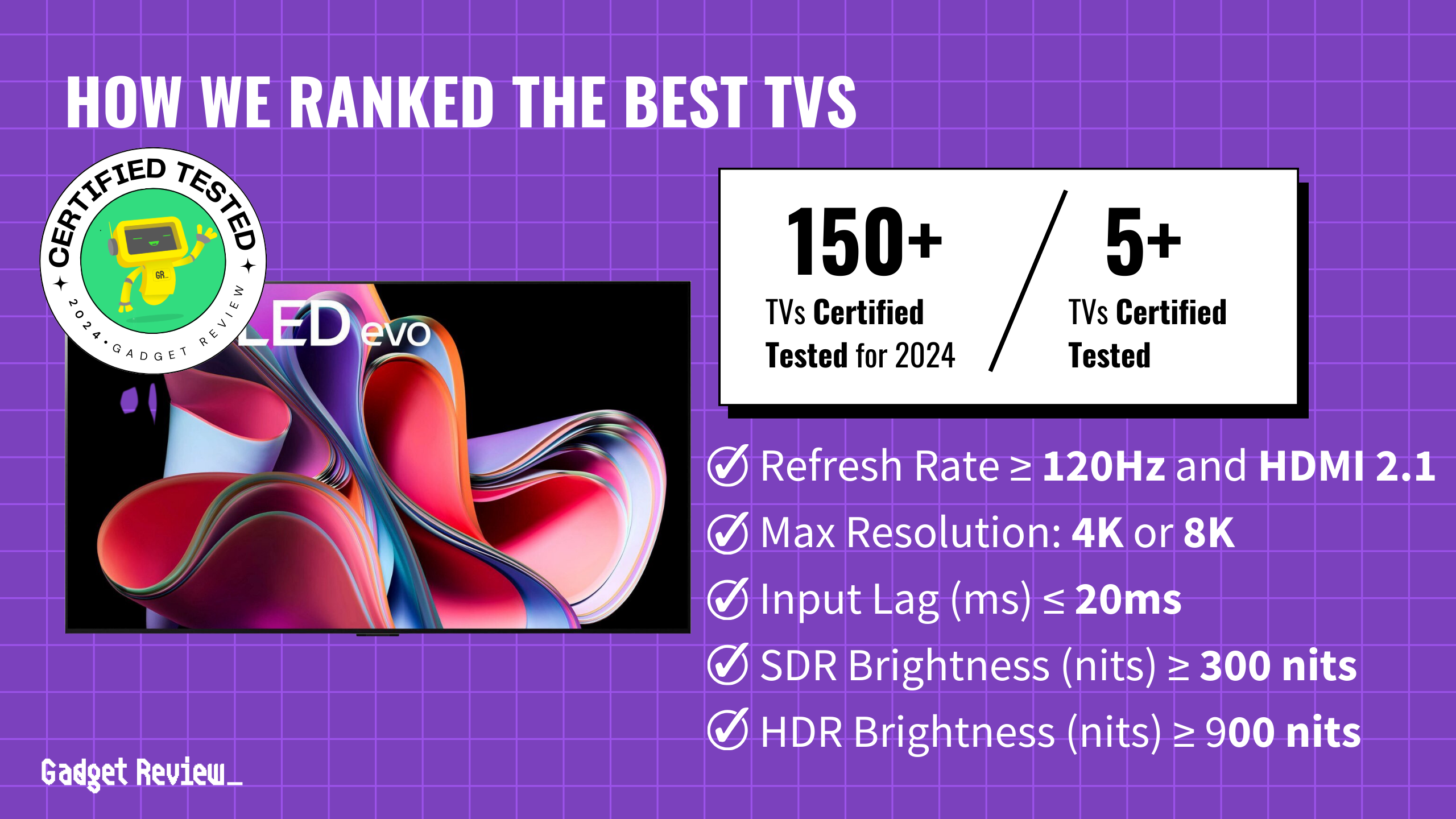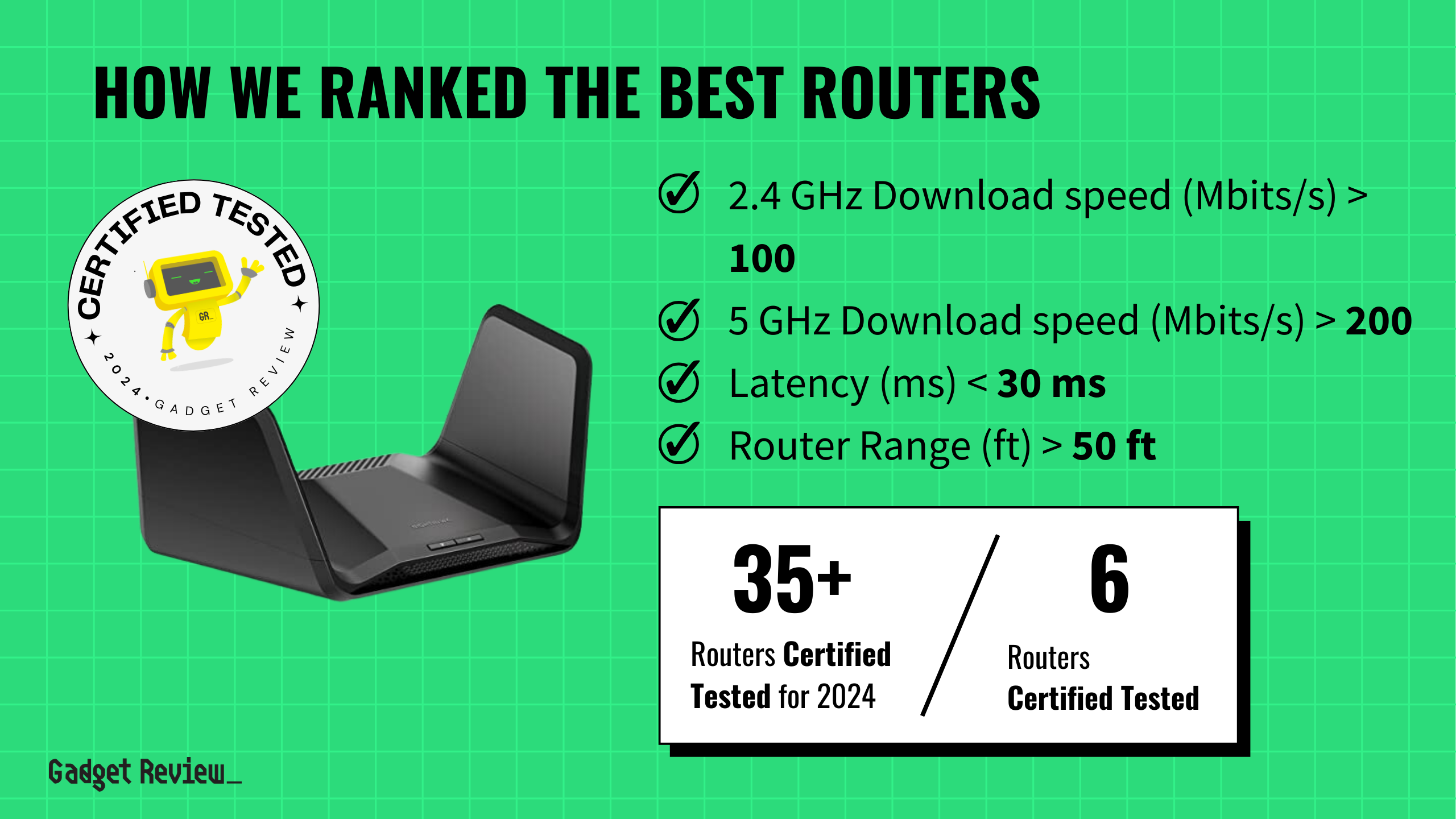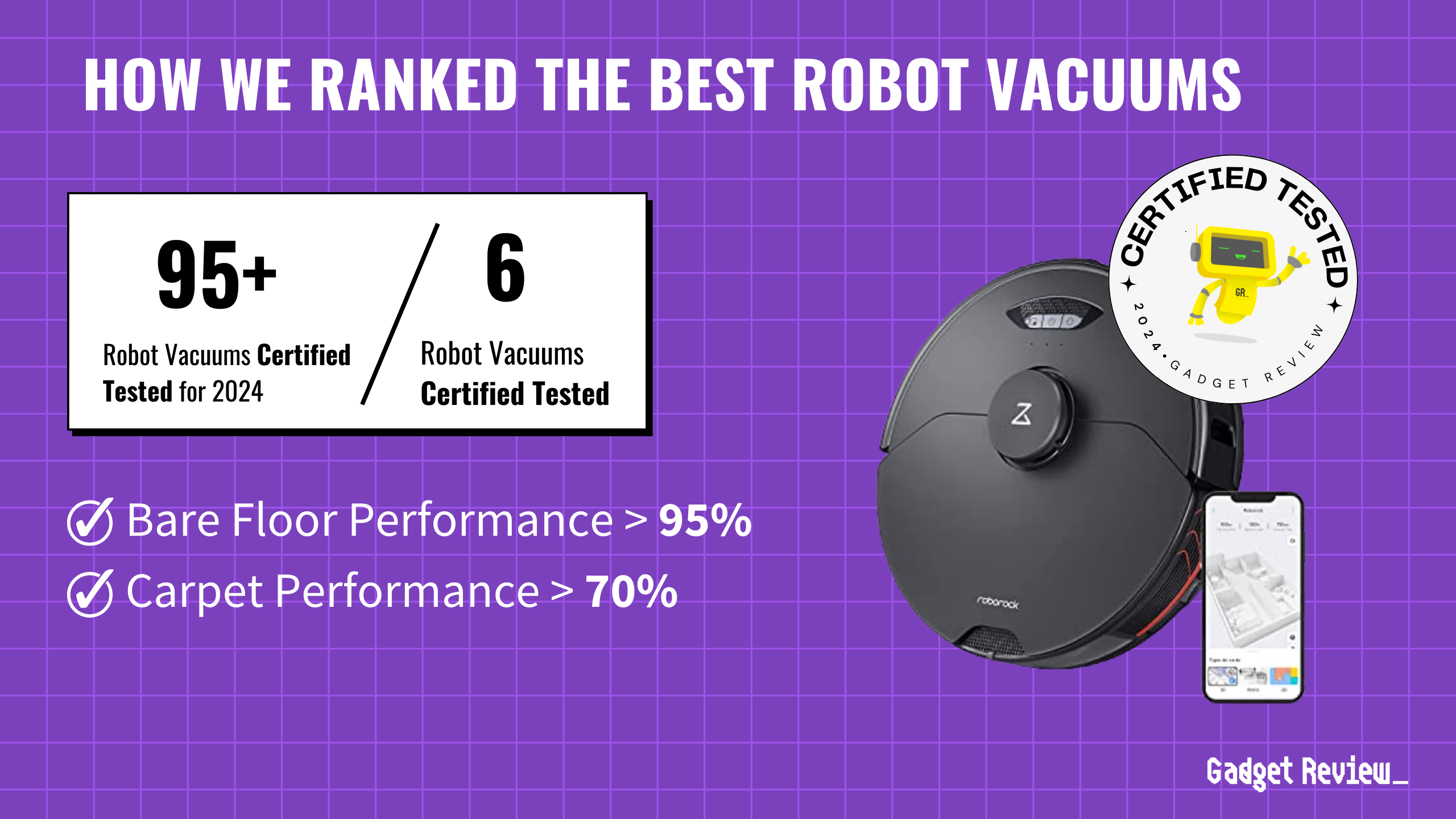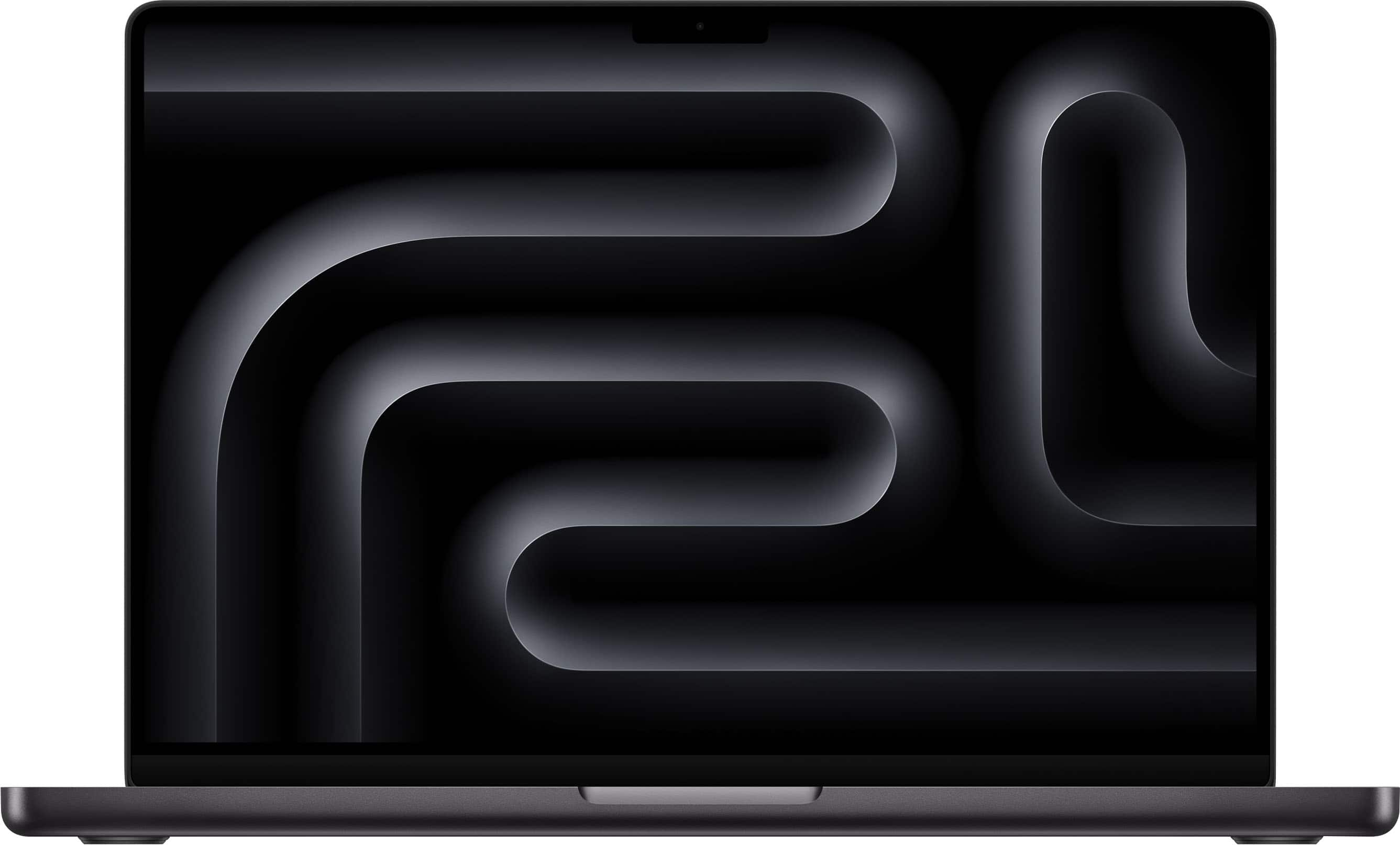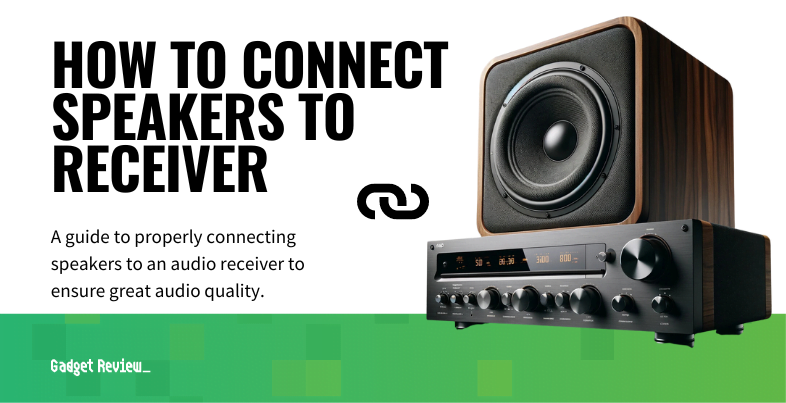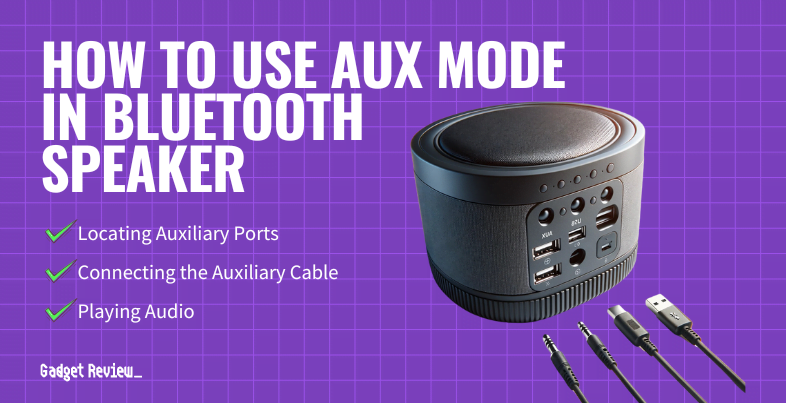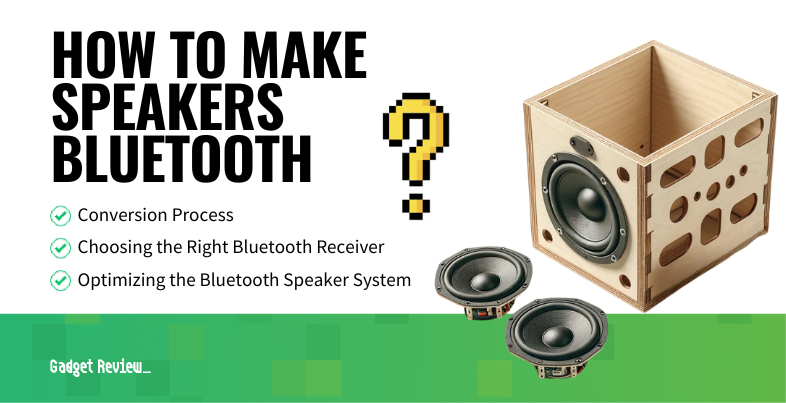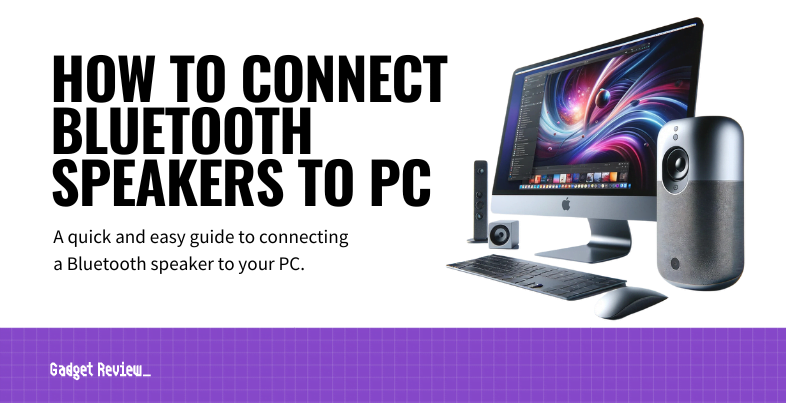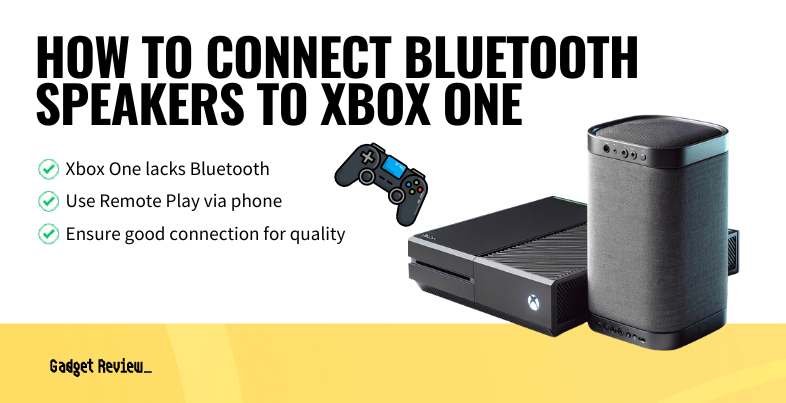AI web development tools promise the moon but often deliver digital disappointment. You’ve probably wasted time on platforms that look sleek but crumble when you need basic functionality. After testing dozens of AI builders and analyzing data from Groove Technology’s comprehensive research, we found 17 that actually deliver. These tools won’t replace your developer skills, but they’ll save you hours of grunt work and help you build faster, smarter websites.
17. Gemini 2.5 Flash (Worst)

Speed comes at a cost, and Gemini 2.5 Flash proves that point. The nature-themed website loads lightning-fast thanks to basic design choices and zero animations.
However, broken search and cart functions severely limit usability. This tool demonstrates that prioritizing speed over functionality creates frustrated users who bounce quickly.
16. Claud 4 Opus

Want your website to look like it belongs in Blade Runner? Claud 4 Opus delivers cyberpunk aesthetics that actually work. The neon visuals and dynamic lighting create an immersive experience without sacrificing functionality.
The responsive design handles everything from mobile to desktop flawlessly. Perfect for creative agencies selling digital art or tech startups wanting to stand out from boring corporate sites. The Aurora theming system lets you customize that sci-fi vibe while keeping your shopping cart functional.
15. Claud 4 Sonnet

Clean design isn’t boring when it’s done right. Claud 4 Sonnet proves minimalism can be powerful with animations that enhance rather than distract. The filtering system actually works, unlike half the broken search functions out there.
Mobile optimization handles the majority of web traffic seamlessly. Ideal for professional service firms or consultancies that need clean, trustworthy designs without flashy distractions. Even the footer is thoughtfully designed.
14. Gemini 2.5 Pro

Tired of AI tools that promise everything and deliver nothing? Gemini 2.5 Pro focuses on reliability over flashy features. The nature-themed design provides a calming backdrop while functional anchor links actually take you where you expect.
The shopping cart works, the responsive design doesn’t break on tablets, and navigation makes sense. When core features actually function consistently, that’s noteworthy in the AI web world.
13. Bolt

Bolt democratizes web development without the usual compromises. This browser-based platform supports React, Next.js, and Vite while offering multilingual support and dark/light modes. The adaptive logo feature is a nice touch.
Fast prototyping means you can go from idea to deployed app in minutes. Perfect for startups validating MVP concepts or freelancers pitching clients with working prototypes. The free plan gives you 100,000 tokens daily, while Pro costs $18 monthly.
12. GenSpark AI

Think AI can’t handle e-commerce? GenSpark’s extensive codebase suggests otherwise. The product filtering system works smoothly, and the shopping cart doesn’t mysteriously empty itself like some competitors.
The hamburger menu makes mobile navigation intuitive. Even the spam disclaimer during checkout shows attention to legal details. Essential for small e-commerce businesses selling physical products where cart abandonment kills profits.
11. Deepseek R1

Small business owners drowning in web design complexity need this. Deepsic R1’s sophisticated codebase translates into smooth image loading and professional animations. The hamburger menu simplifies mobile navigation without breaking.
The comprehensive footer and best seller section help convert visitors into customers. Game-changer for solopreneurs or small business owners who can’t afford custom development but need professional results that actually drive sales.
10. Lovable

Lovable creates sites from multiple HTML files, giving you organizational flexibility most AI tools ignore. The functional filtering and responsive shopping cart work as expected. The “vibe” coding approach sounds marketing-fluffy but delivers smooth UX.
The current copyright year in the footer shows attention to detail. Limited customization options restrict creative freedom, but the high-quality UI and functional e-commerce features provide solid value for most projects.
9. DeepSite

Nature themes usually scream “generic template,” but this tool adds personality with thoughtful details. Functional anchor links and a working shopping cart handle the basics while dog imagery adds warmth.
The contact banner ensures customer communication doesn’t fall through cracks. The outdated 2023 footer needs updating, but the balance between design appeal and practical functionality shows promise for future development.
8. ChatGPT o4-mini-high

This tool offers a glimpse into AI web design’s future. Functional anchor links with subtle movement effects enhance navigation without being gimmicky. The well-aligned product displays show attention to user experience details.
The updated footer proves ongoing maintenance. The non-functional shopping cart reminds us we’re not quite at full AI autonomy yet. But the core elements shine brightly enough to signal where this technology is heading.
7. Deepseek V3

Generating substantial code per site shows serious computational muscle. Simple animations and automated image handling streamline content creation without requiring manual intervention for every visual element. Speaking of streamlining, here are even more AI tools that you could use to simplify your life.
The newsletter signup form facilitates user engagement beyond one-time visits. The non-functional shopping cart and outdated 2023 footer hold it back. Still, the code quality improvements over earlier iterations prove AI development is accelerating.
6. Claude 4 Sonnet Pro

This upgraded version takes the original’s minimalist approach and adds professional polish. Advanced filtering options help users find what they need quickly. The sleek animations enhance engagement without slowing load times.
Mobile optimization remains excellent, addressing the majority of web traffic. Well-designed footer elements provide comprehensive navigation options. The balanced approach to form and function makes this suitable for serious business applications.
5. Chat GPT O3

Generating 569 lines of code shows growing complexity in AI capabilities. The calming nature theme creates an inviting atmosphere while working anchor links improve site navigation significantly.
The newsletter signup form suggests user engagement strategies beyond basic browsing. The non-functional shopping cart reminds us that code generation alone doesn’t equal complete functionality. Progress exists, but gaps remain obvious.
4. GitHub Copilot

Real developers know GitHub Copilot as the AI assistant that actually saves time. Context-relevant code snippets appear in real-time, reducing documentation searches and syntax lookups that drain productivity.
Organizations using Copilot see immediate productivity boosts as developers focus on creative problem-solving rather than repetitive tasks. Critical for development teams working on tight deadlines or agencies juggling multiple client projects simultaneously.
3. Cursor

This AI-powered code editor offers smart auto-completion and real-time optimization across 15 different AI models. The ⌘K feature generates completely new code without selection, streamlining the development process significantly.
Three pricing tiers (Free, Pro at $20/month, Business at $40/month) provide options for different needs. SOC 2 Type II certification addresses privacy concerns. The learning curve exists, but productivity gains justify the investment.
2. Wix ADI

Wix ADI automates website creation for non-technical users without sacrificing professional appearance. Drag-and-drop functionality combines with AI-powered layout optimization to produce respectable results quickly.
Custom templates and mobile responsiveness handle the technical details you shouldn’t have to worry about. Perfect for local businesses, restaurants, or service providers who need professional websites without developer budgets.
1. Builder.io (Best)

This no-code platform integrates drag-and-drop functionality with AI-driven optimizations for teams needing collaborative development capabilities. Real-time collaboration and headless CMS functionality provide flexibility for various implementations.
Integrated analytics monitor performance while AI optimizations improve site speed automatically. The platform democratizes web development across organizations, enabling non-technical team members to contribute meaningfully to projects without extensive training requirements.







